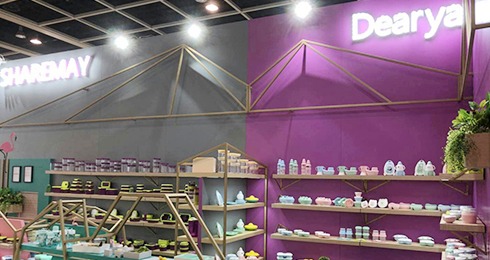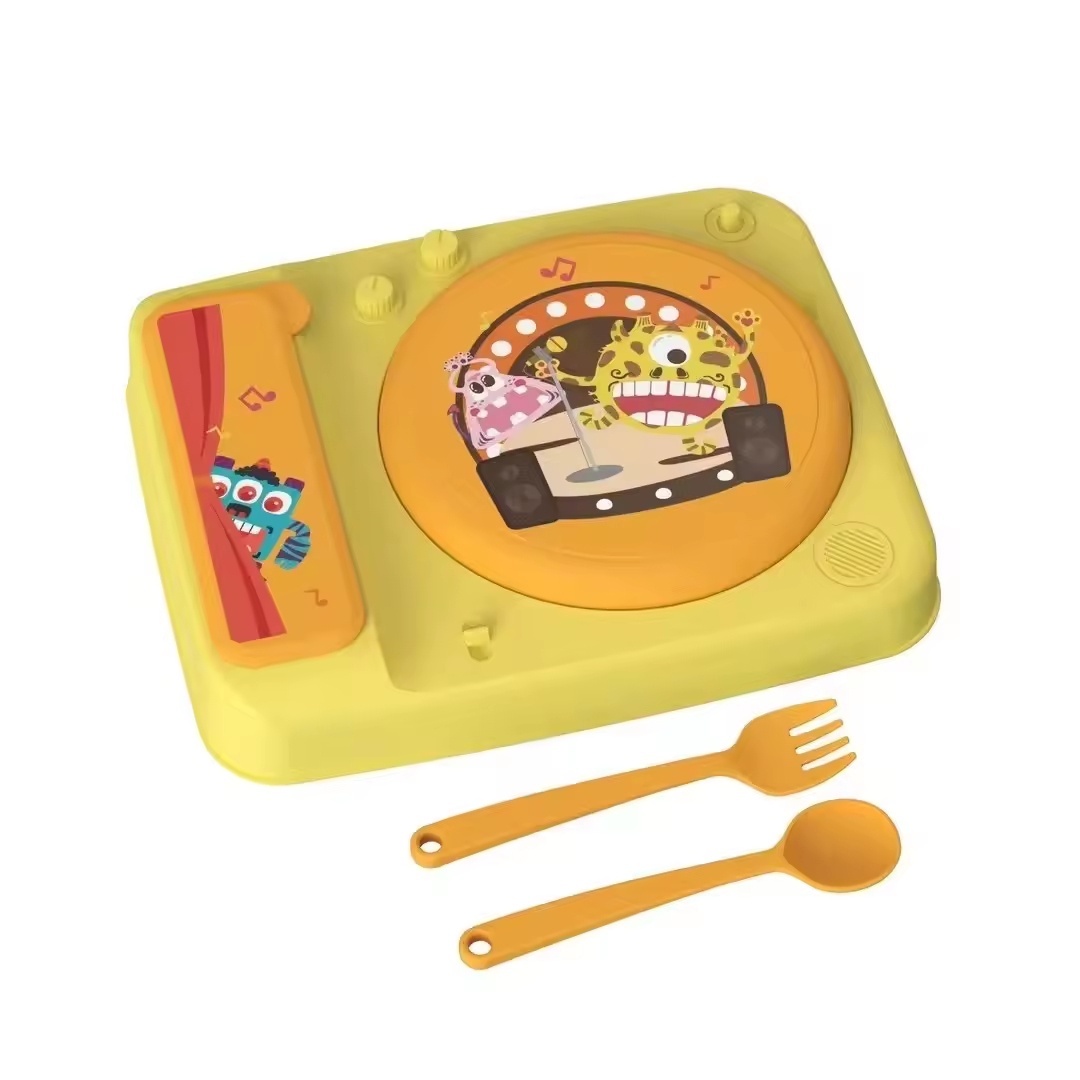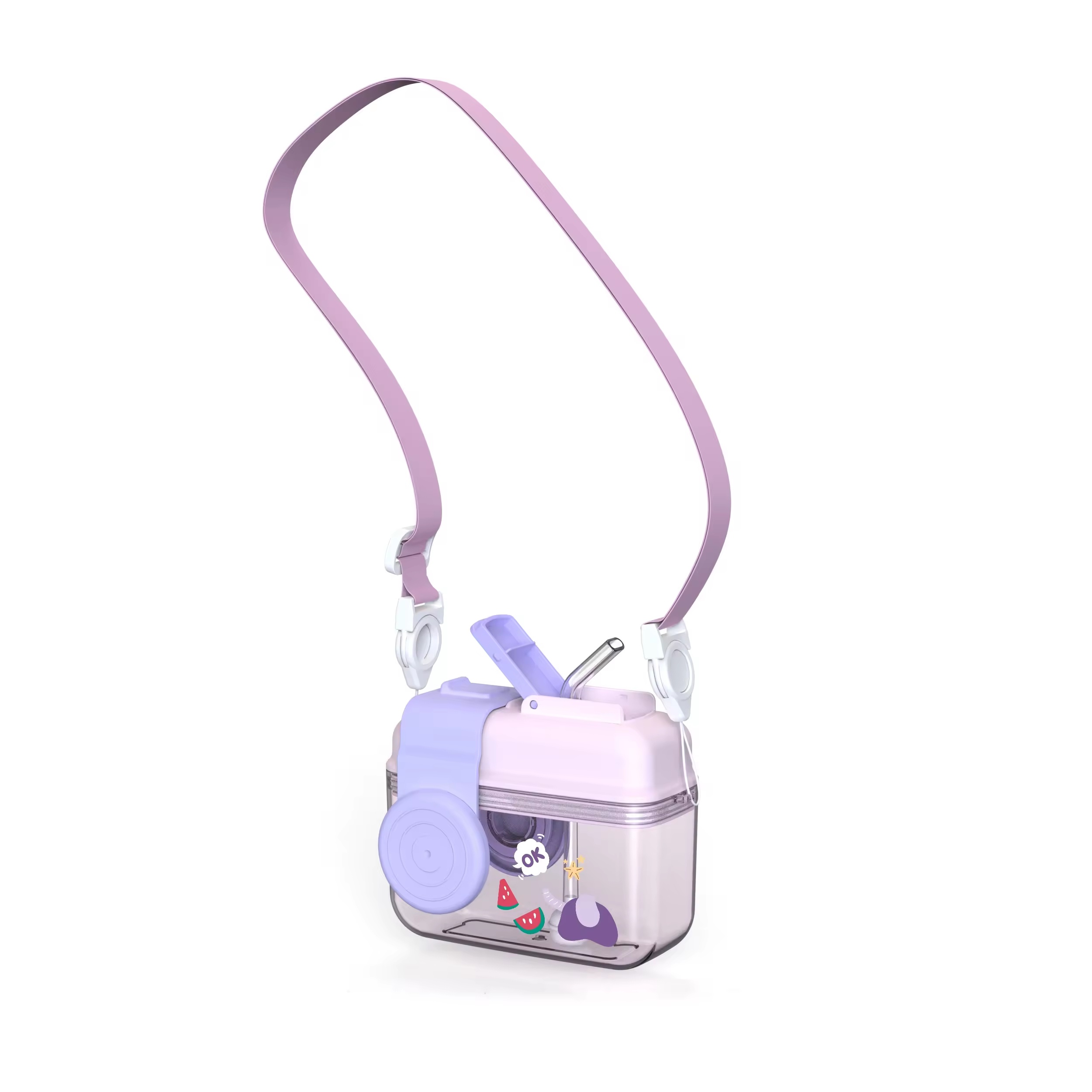How to design safe children's tableware?
Designing safe children's tableware is something I care deeply about. I often ask myself if the designs I choose will protect children and give parents peace of mind.
To design safe children's tableware, focus on non-toxic materials, ergonomic design[^1], durability, and compliance with international safety standards to ensure both functionality and child safety.
I will now break down the key elements to consider so you can make informed decisions.
What materials are safe for children's tableware?
Every parent wants safe materials for their child. I always check if the materials are non-toxic and durable.
Safe children's tableware should use materials like food-grade silicone, BPA-free plastic, Tritan, and stainless steel, all of which are non-toxic and tested for food contact safety.
Common safe materials and their features
| Material | Key Features | Recommended Usage |
| Food-grade Silicone | Non-toxic, heat-resistant, flexible | Plates, bowls, and suction mats |
| BPA-free Plastic | Lightweight, affordable, sturdy | Everyday kids’ plates and cups |
| Tritan | Clear, impact-resistant, BPA-free | Premium drinking cups and water bottles |
| Stainless Steel | Durable, rust-proof, hygienic | Lunch boxes, utensils |
Important safety certifications
- FDA-approved materials
- LFGB certification for European safety
- BPA-free declaration from suppliers
- Compliance with EU and US food contact safety standards
Why is ergonomic design[^1] important in children's tableware?
I’ve learned that the right design makes mealtime easier and safer for kids.
Ergonomic tableware features easy-grip handles, non-slip bases, and child-friendly shapes to help kids develop independent eating skills and avoid spills.
Key ergonomic design[^1] elements
- Suction bases to keep plates stable
- Curved edges for easier scooping
- Small handles that fit little hands
- Divided sections to separate food
| Design Element | Benefit |
| Suction Base | Prevents tipping and sliding |
| Curved Edges | Helps children scoop food without spilling |
| Easy-Grip Handles | Improves control for small hands |
| Divided Sections | Makes mealtime more organized and enjoyable |
How to ensure durability in children's tableware?
I always ask suppliers if the products can handle rough use.
Durable children's tableware is made from scratch-resistant, impact-resistant, and heat-resistant materials that can endure daily use and frequent washing without breaking or degrading.
Testing for durability
- Drop tests from dining table height
- Dishwasher tests to check color retention and shape integrity
- Heat resistance tests to ensure material stability
- Impact tests for cracking or chipping
| Durability Test | Purpose |
| Drop Test | Ensure the product doesn’t crack or shatter |
| Dishwasher Test | Verify longevity through repeated washing |
| Heat Test | Confirm stability under high temperatures |
| Impact Test | Check resistance to sudden force or drops |
How to confirm safety compliance[^2] for children's tableware?
Safety compliance is non-negotiable. I always ask for certificates and reports.
Manufacturers should provide safety documentation such as FDA reports, LFGB certificates, and third-party lab testing results to confirm the safety of children's tableware.
What to check in compliance documents
- Testing lab accreditation
- Material specifications
- Temperature and chemical resistance results
- Expiry dates on certificates
- Batch numbers for traceability
| Compliance Document | Verification Detail |
| FDA Certificate | Approved food-grade material confirmation |
| LFGB Test Report | Safety standards compliance for EU markets |
| Third-party Test Report | Verified by certified laboratories |
| Product Batch Number | For product traceability and quality control |
Conclusion
Safe children's tableware design relies on non-toxic materials, ergonomic designs, and strong safety testing. Always confirm certifications before choosing a supplier.
[^1]: Discover the significance of ergonomic design in children's tableware to enhance safety and ease of use during mealtime.
[^2]: Find out how to verify safety compliance for children's tableware, ensuring that products meet necessary safety standards.
 Managing Your Baby Feeding Tableware Supply Chain from China: How to Ensure Smooth Operations?
Managing Your Baby Feeding Tableware Supply Chain from China: How to Ensure Smooth Operations?
 Negotiating Costs for Baby Plates & Cutlery with Chinese Suppliers: How Can You Get the Best Deal?
Negotiating Costs for Baby Plates & Cutlery with Chinese Suppliers: How Can You Get the Best Deal?
 Importing FDA-Grade PP & Tritan Kids Cups from China?
Importing FDA-Grade PP & Tritan Kids Cups from China?
 What Design Features Make an IP-Themed Bowl Safe for Infants?
What Design Features Make an IP-Themed Bowl Safe for Infants?
